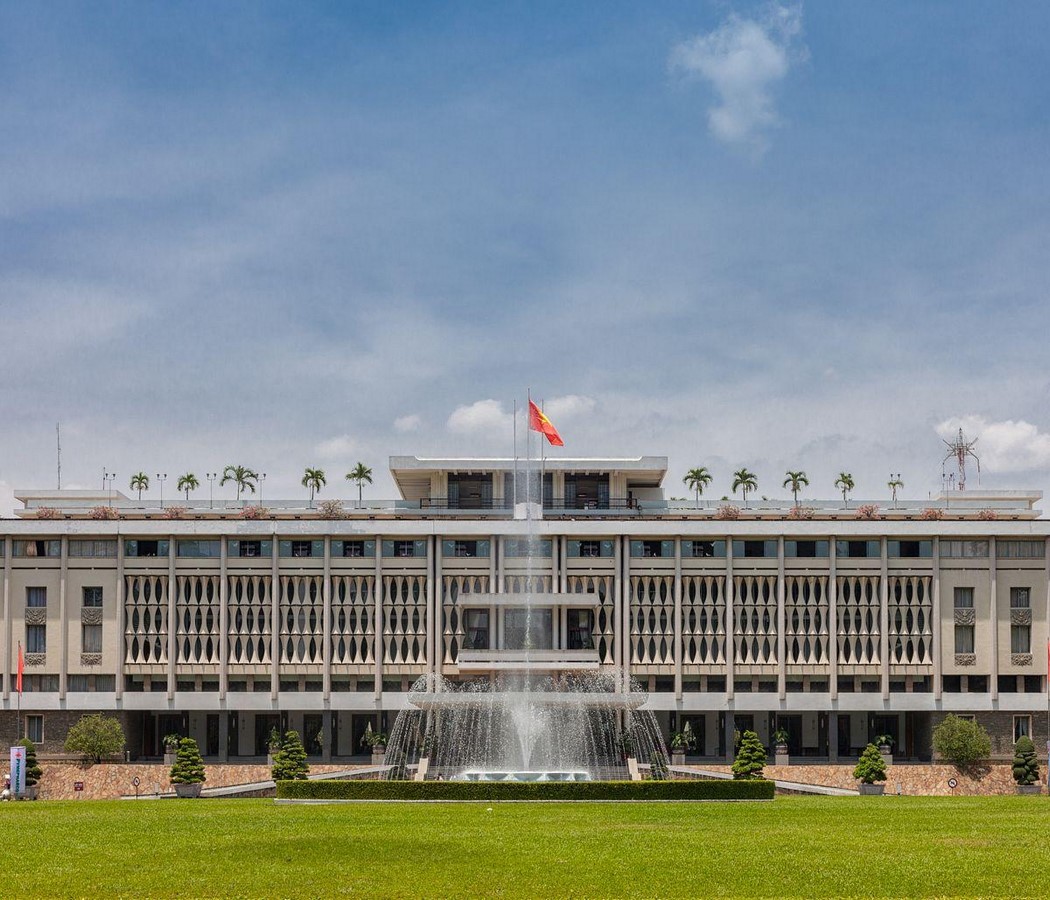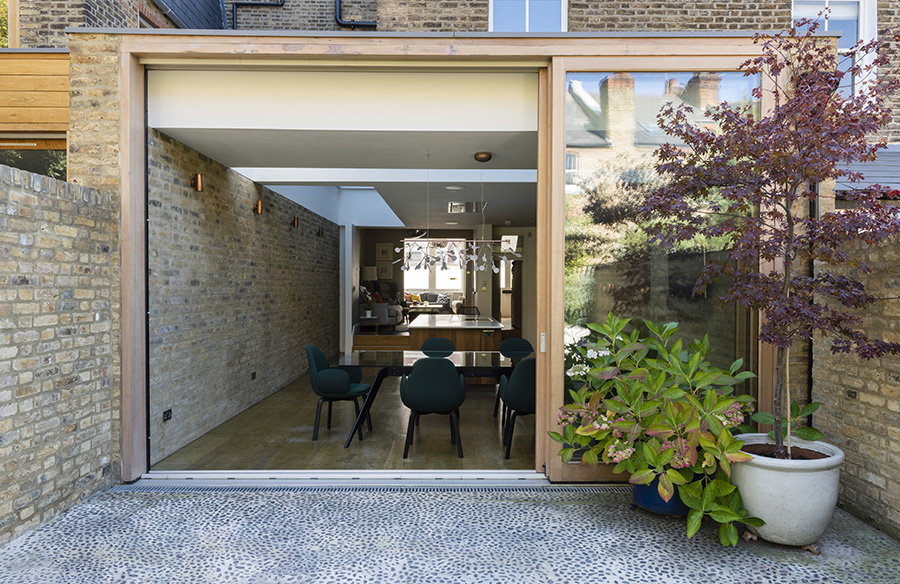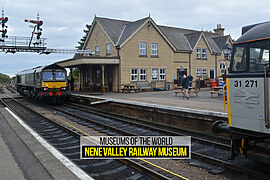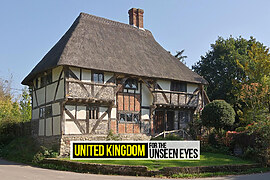Vietnam located in south-east Asia is a contour known for its beaches, rivers, Buddhist pagodas, and bustling cities. It is a place of strong historic value and a new aroma for architecture. The French came to Vietnam in 1858 and incorporated Vietnam into French Indochina. France was defeated by the communist forces of Ho Chi Minh, in 1954. The palace houses some of the finest pieces of architecture ranging from ancient architecture which strongly roots to its history to present the architecture of the world’s needs. It’s an image of Vietnam along with its culture and its value, where the architecture binds together; not only the city but its lifestyle as well. Here is the list of some of the type of architecture that Vietnam visit has to offer to architects:
1. Contemporary Architecture | Vietnam visit
The present architecture of Vietnam is more like a journey of the place to find out its style, new forms and styles have started evolving in the place partially as an outcome of old architecture style and partially due to the flow and flux of surrounding influences of modern architecture. Due to the rise in its tourist industry and international integrations and rising economy, the whole place is now changing and approaching a new stage or an era of architecture soon to add onto its list of the evolution of architecture.
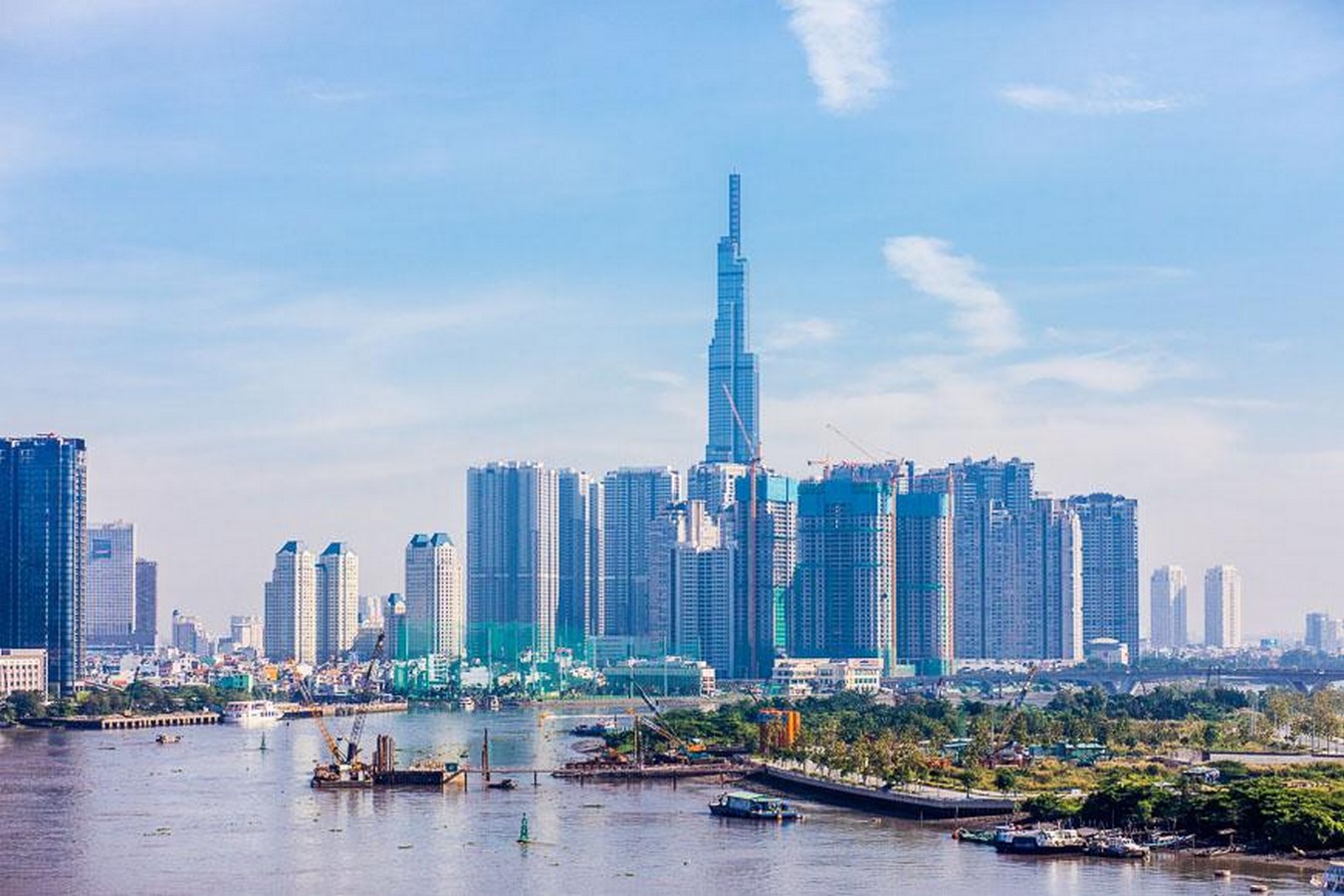
2. Traditional Architecture | Vietnam visit
Vietnam has a very strong history and it has shaped the present city. One will find the traditional houses and their elements used in some or the other way. Noticed by wooden structures topped with a steep roof. The whole building is held in place by beams and rafters, where the roof is covered by fish-scale tile and curve outwards. In many places a variation where it’s built on stilts. They usually have an odd number of rooms. Apart from these traditional houses, one will find pagodas, palaces, citadels that took place for over 500 years.
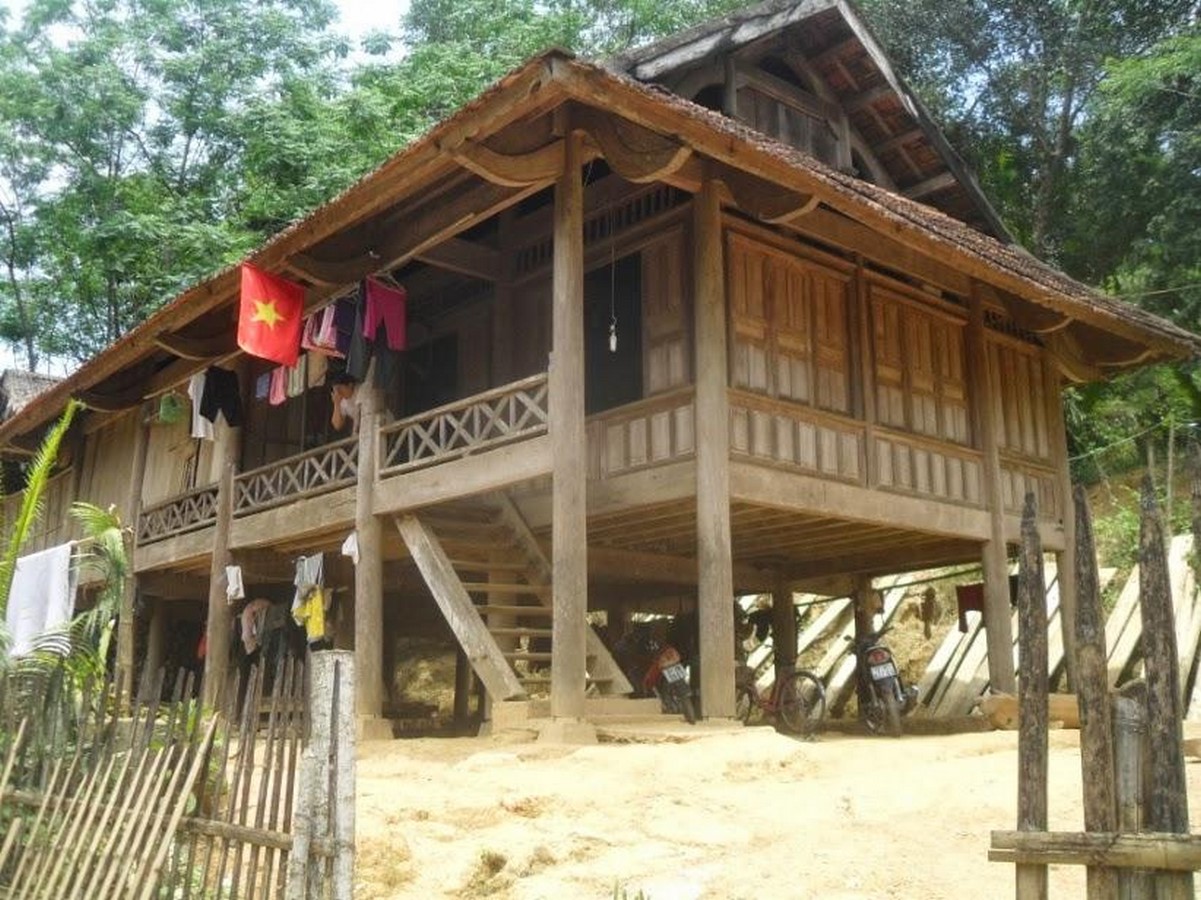
3. Colonial Architecture | Vietnam visit
After the death of the Nguyen dynasty, the French spread their powers. With this, there was a boom in colonial architecture which led to the French colonial architecture, which influenced the architecture, café and also inspired culinary. The influence can be prominently seen in Hanoi and Hoi-an. Many of these structures still hold the same function as they did in those French days. This kind of architecture was developed in parallel with the process of colonial exploitation.
buy lasix online jersey-hemp.com/wp-content/languages/new/lasix.html no prescription
This structure has been adapted to Vietnam tropical climates and hence we see many bright colors like yellow which reflect the heat. European style the French introduced was popular in Vietnam, it gradually melded with local sensibilities. This fusion of Vietnamese and French design is a unique and captivating architectural hybrid.
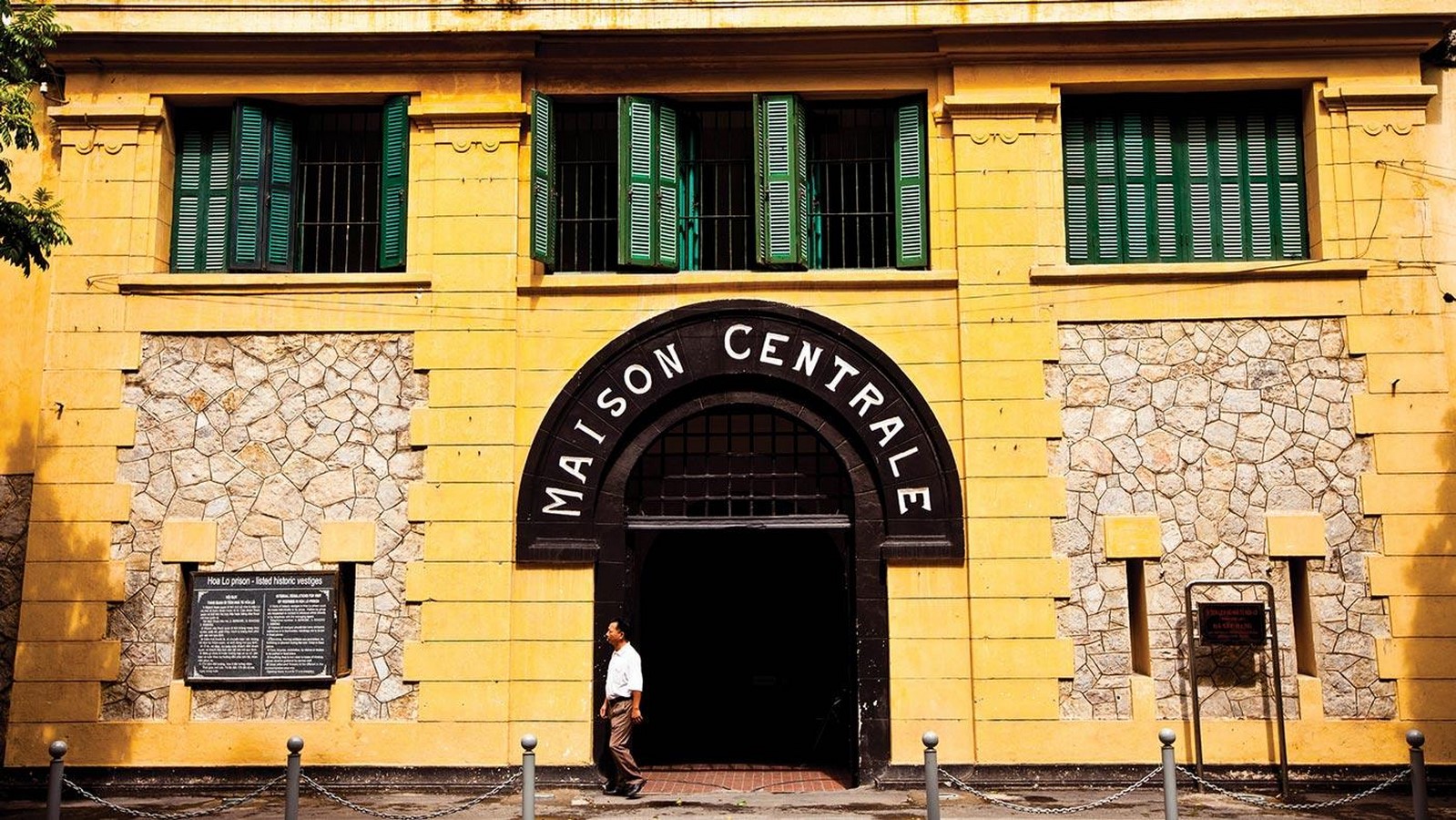
4. Dynasties and Representative Architecture
The architecture of Vietnam is an outcome of its dynasties, the place had 4 dynasties and every dynasty has something to represent it and its era, the power, and scale of architecture has its identity. Ly Dynasty architecture was based on five styles- citadels, castles, palaces, pagodas, and houses. Inspired by Buddhism and served them. Ly dynasty showed high residential complexes, decorative roofs, doors and banisters, and rounded statues.
The Tran dynasty showed work ranging from the pagoda, houses citadels, and temples. Intricate and complex art forms are key to signify the architecture of this dynasty.
Castles or palaces were designed in a system of consecutive corridors, open to air space, as a response to its tropical climate.
The Le dynasty can be identified by royal palaces and royal tombs. This era saw improvement in religious architecture. The social organization lost quality, but folk art continued to depict wrestling, painting, hunting, sloughing, and cutting.
Nguyen Dynasty- during this era south was at its peak of development, and one can see some really good garden and house complexes. It can be seen in today’s time through remaining citadels, tombs, and house gardens.
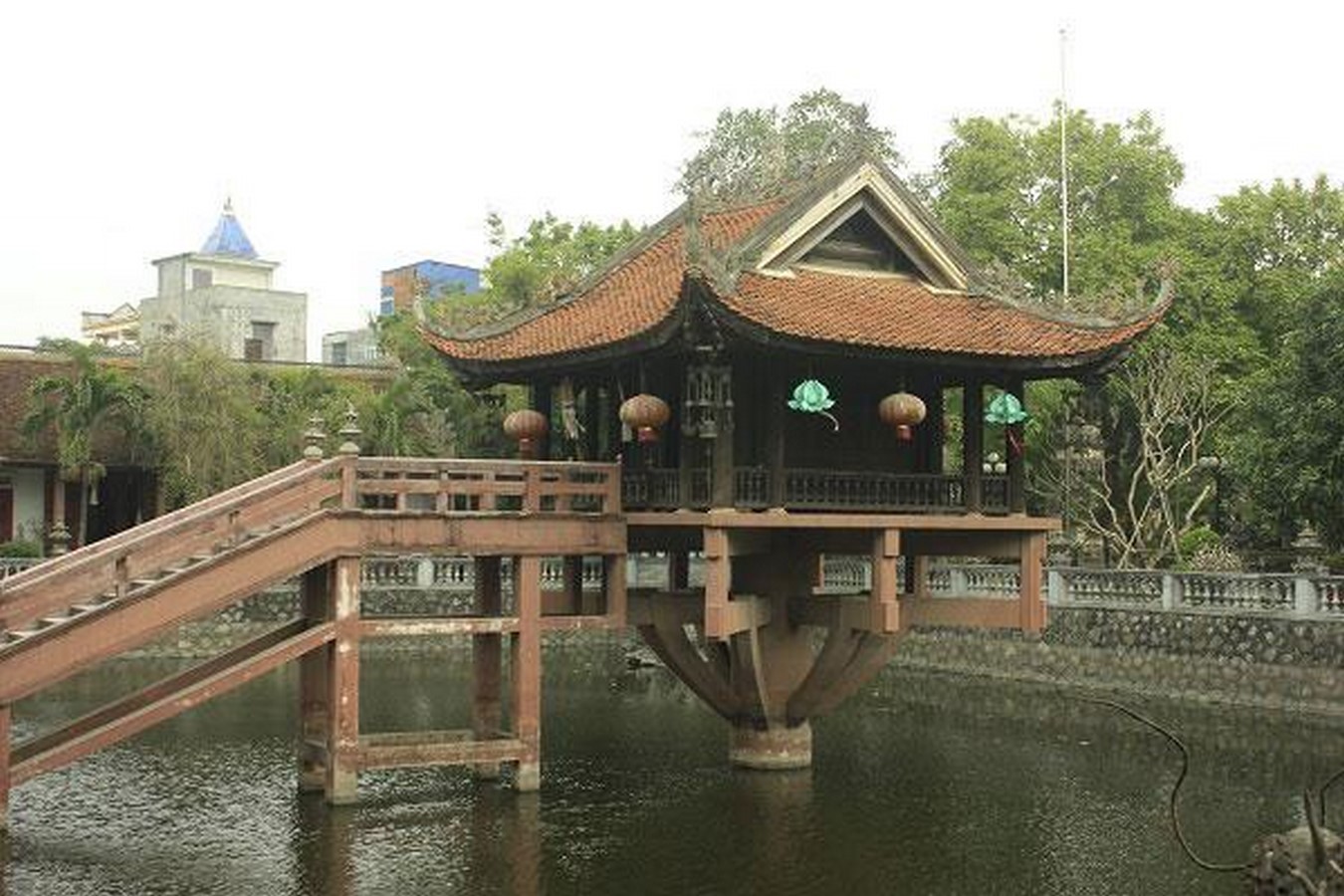
5. Climate response | Vietnam visit
Not only the present architecture but the historic architecture also shows the value and respect to a climatic response from architecture. It can be seen in the minutest details of the building ranging from color, material, landscaping, building design, and orientation, all of these aspects show a climate-responsive touch to It. The architecture of this place, relative to any era shows certain principles like passive design, natural ventilation, shaded overhang, lightweight structure, etc. The design here talks about adaptiveness and efficiency.
6. Floor composition
There is a primitive religious belief that all buildings must be designed around symmetry and balance. Each house is to be a basic unit having an odd number of rooms. The basic shape of the building is defined as a simple geometric figure coming as inspiration from Chinese characters. These geometrical figures range from rectangle, hexagon, square, octagon, etc. The building is an outcome of these basic principles where further complex architectural groups achieve when simple basic units come together. In complex forms, central courtyards for light and ventilation are left out. This kind of architecture can be seen in many Asian countries like China, Japan, and Korea.
7. Art and culture
Vietnamese people have created art as long as they have existed. Vietnam has a very strong art and painting background, the nation was highly influenced by China, India, and Khmer kingdoms, blending them with indigenous traditions. Later came the French, Americans, and soviet union which again had a mark of its art and cultural values. Paintings being one of the oldest forms of art dates back to the 13th century, where frames with silk mountings were used. It was the preserve of great calligraphers, who painted grand works inspired by nature and realistic portraits for use in ancestor worship. The traditional architecture also shows detailed carvings and carpentry skills, where intricate decorative motifs can be seen on roofs and other structure parts. These motifs ranged from the stylized lotus flower, clouds and water waves, fairies, musician, life scenes of Buddhists and the chrysanthemum flower. Sculptures, ceramic, pottery, etc were also few other artworks that can be seen in its historic line, which used material like clay, stone, bronze, steel, wood and paper.
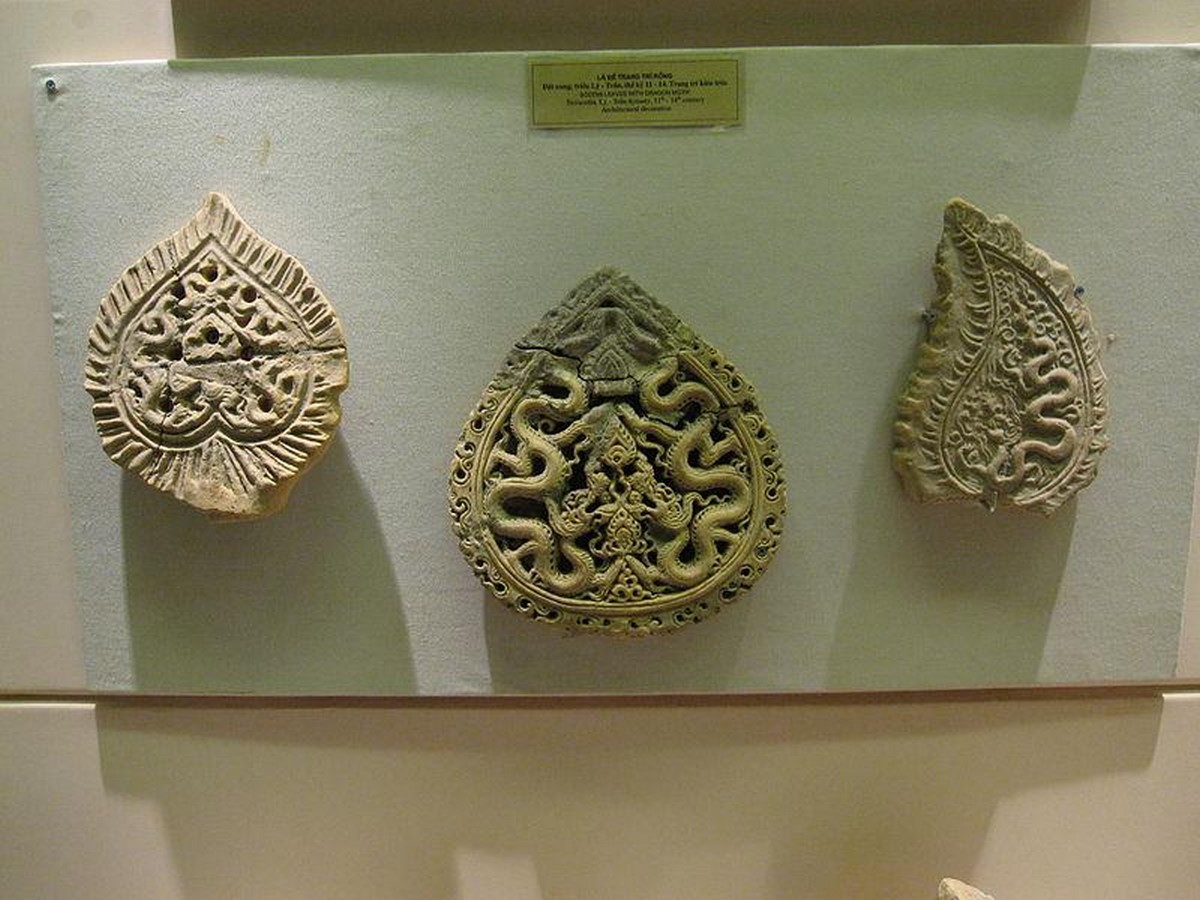
8. Natural setting | Vietnam visit
The old promenades and structures can be seen evidently to be responsive towards the context and its seen throughout the city where the surrounding or the setting is crucial. It is one of the most crucial parts of any building built in the old-time and the surrounding is equally enhanced as the building. Landscaping and designing out the immediate context of the building help to create a cross interdependency of how architecture is not an idea about construction but more about respecting the surrounding. The structures are imagined to add on to the value of the context.
Traditional Vietnamese architecture is well integrated into the natural setting such as mountains and hills, rivers, ponds, lakes, trees. In places where some elements of the necessary natural scenery are desired, human beings create artificial lakes, mountains, or plant trees.
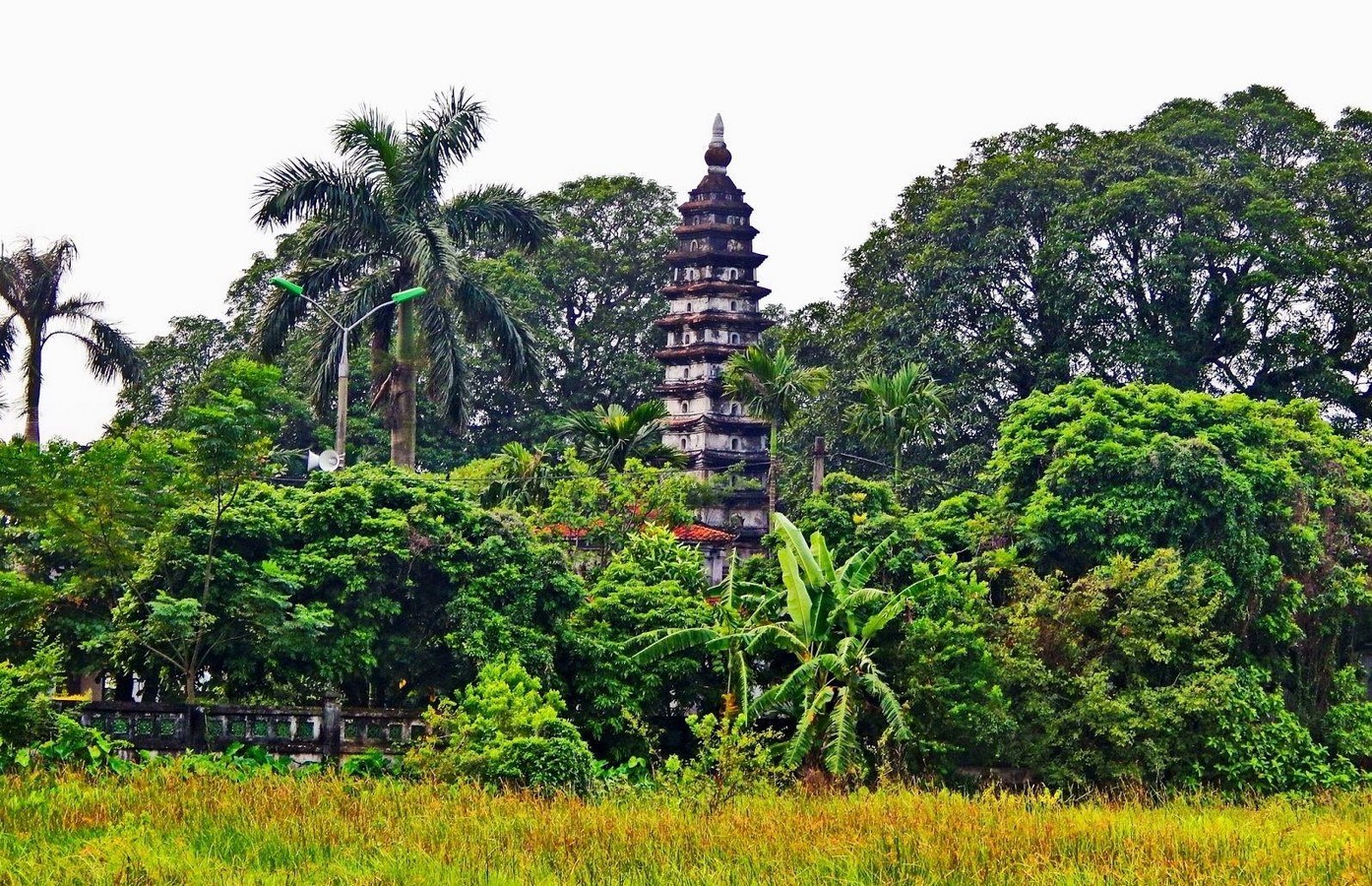
9. Furniture of old times
Inside the traditional constructions in Vietnam, most of the furniture is made from wood, stone, and bronze. Their advantages are durable which can be used for years as well as its pristine beauty which is in harmony with other parts of the house. This furniture is a part of Vietnamese cultural identity as it has also evolved with the lifestyles and its uses. The material has also changed over the period and adapted to the current needs.
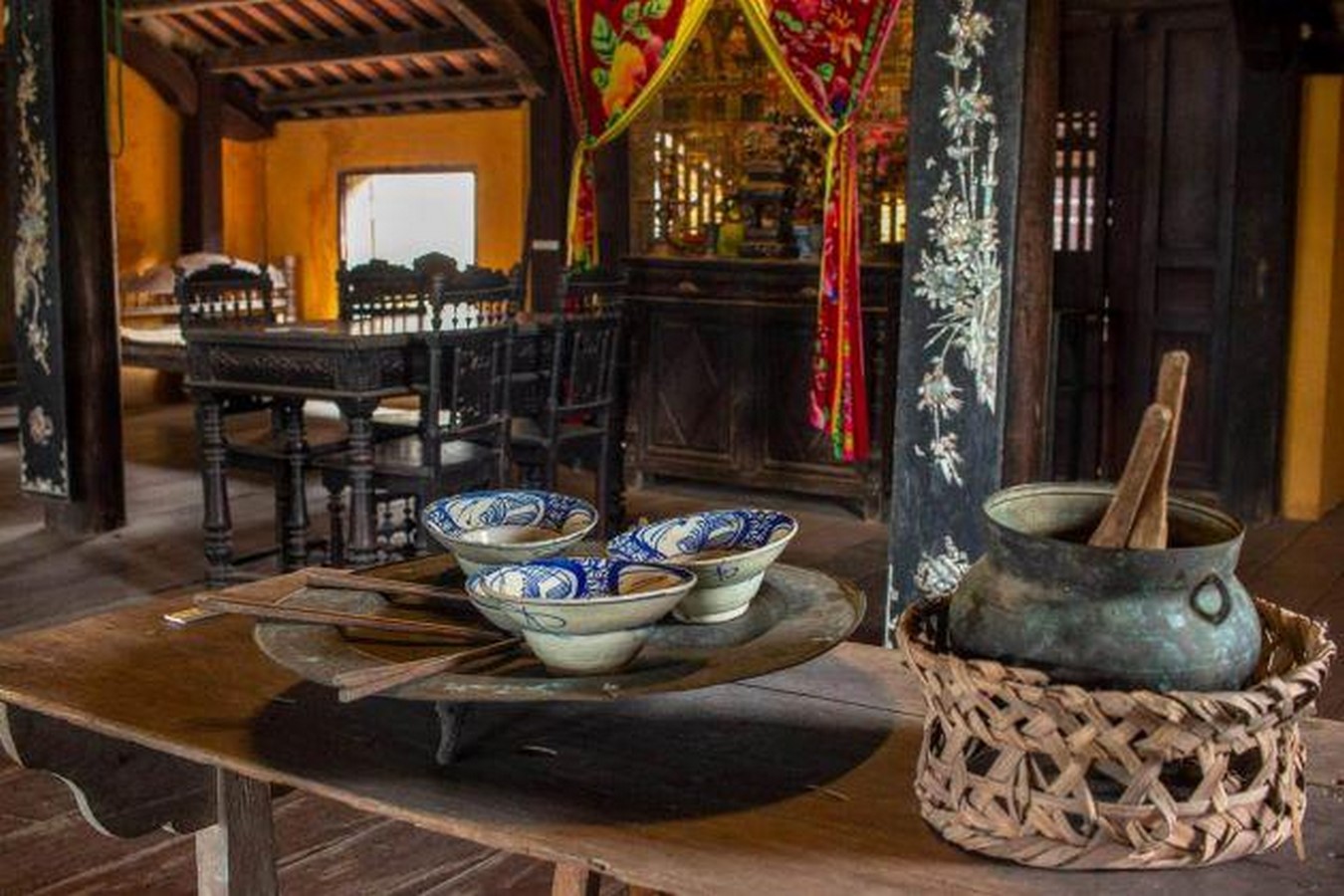
10. Brutalism In Vietnam | Vietnam visit
Brutalist architecture which arose after world war 2, can be seen to have influenced Vietnam. Consisting of raw concrete structure, emphasizing symmetry, it became a widely popular style in Vietnam. The Ho Chi Minh Mausoleum in Hanoi’s Ba Dinh district is one of the best examples of the brutalist architecture in Vietnam. South Vietnam can be identified to have had more brutalist lines at the reunification palace.
